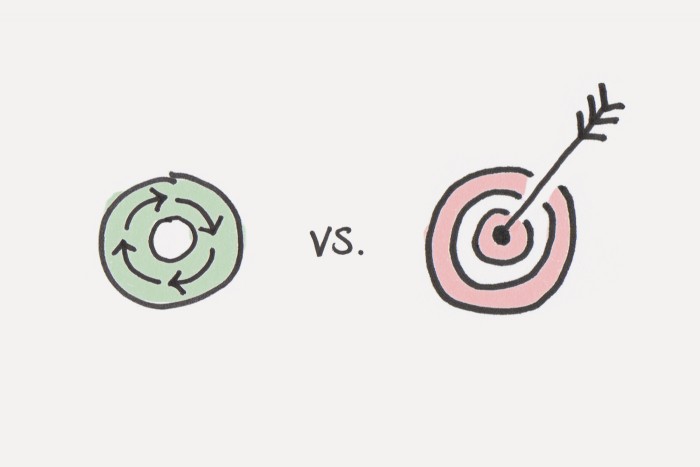The Hidden Symphony of Human Behavior Explained
Discover how the ARCH × Φ model reveals the hidden symphony of human behavior through evolutionary psychology and neuroscience insights.

Have you ever wondered why people behave the way they do at social gatherings? What appears as random social interactions actually follows a beautifully organized pattern—a hidden symphony of human behavior that science is just beginning to understand. In this groundbreaking exploration, we’ll uncover the ARCH × Φ model that explains how our deepest instincts shape every action we take.
Why Understanding Human Behavior Matters
Understanding the hidden architecture behind human behavior gives us powerful insights into ourselves and others. When we recognize the patterns driving our actions, we can improve relationships, enhance personal growth, and navigate social situations more effectively. This knowledge transforms how we interpret everything from casual conversations to major life decisions.
The ARCH × Φ Behavioral Framework
The ARCH × Φ model represents a revolutionary approach to understanding why we do what we do. This neuroevolutionary framework identifies four key components that must align for any behavior to emerge:
- Archetype (A) – Evolutionarily conserved behavioral templates encoded in our neural networks
- Drive (D) – The motivational energy and emotional fuel that powers behavior
- Culture (C) – The contextual framework that gives behavior meaning
- Threshold (Φ) – The activation gate determining when potential actions become reality
Behavior occurs when A × D × C surpasses Φ. Think of it as having the right script, sufficient fuel, and proper context before action can unfold.
The 10 Fundamental Behavioral Systems
Research identifies ten core behavioral archetypes that form the foundation of human actions. These universal neural motifs evolved to solve recurring survival challenges:
- Navigia – Exploration and goal seeking
- Theromata – Social soothing and comfort
- Phobon – Vigilance and threat response
- Agonix – Competition and dominance
- Venex – Mating and attraction
- Sacrifex – Symbolic sacrifice and devotion
- Thumos – Pride and recognition seeking
- Imitati – Imitation and cultural learning
- Hedonix – Pleasure and play
- Alligantia – Coalition and belonging
These systems interact continuously, forming dynamic ensembles that shape our behavior in real-time.
Real-World Behavior in Action
Consider a typical social gathering through the ARCH × Φ lens. That friend brushing another’s hair demonstrates Theromata in action, creating warmth that triggers Alligantia in observers. Flirtation across the room represents Venex and Thumos working together, while laughter at the card table shows Hedonix energizing Agonix and Navigia.
“The party, like life, is a living symphony of archetypal transitions” – revealing the hidden symphony of coordinated neural activity.
These aren’t separate acts but fluid transitions within Dynamic Archetypal Coordination—a real-time shifting of neural ensembles that align, compete, and yield in milliseconds.
Beyond Personality Traits
Traditional psychology often labels people with fixed traits: “she’s outgoing,” “he’s anxious.” The ARCH × Φ model reframes behavior as dynamic orchestration. Your behavior emerges from the unique coordination of ancient systems responding to context, not from rigid personality boxes.
Neuroscientifically, these archetypal networks correspond to interacting circuits within the limbic system, hypothalamus, and midbrain—evolution’s control centers for survival and social behavior.
When Behavioral Systems Malfunction
Sometimes our internal orchestra falls out of tune. In the ARCH × Φ framework, this happens when one system hijacks others, drives surge unchecked, or cultural contexts become distorted.
- Overactive Phobon creates chronic anxiety
- Unchecked Agonix manifests as aggression
- Collapsed Alligantia leads to isolation
- Depression may represent global drive dampening
Understanding these patterns helps us recognize when our behavioral systems need recalibration.
Practical Steps to Understand Your Behavioral Patterns
- Observe without judgment – Notice which behavioral systems dominate in different situations
- Identify your triggers – Recognize what cues activate specific archetypal patterns
- Practice system balancing – Consciously engage underused behavioral systems
- Context awareness – Understand how environments influence your behavioral thresholds
- Cultural reflection – Examine how your cultural framework shapes behavior meaning
The Bigger Picture
The ARCH × Φ model offers a neuroevolutionary grammar of behavior, translating the poetry of human action into structured science. The same deep systems that helped our ancestors nurture, hunt, and court now play out in our daily interactions. To study behavior is to listen for the music beneath it—the neural symphony performing every time someone laughs, comforts, competes, or loves.
As Jane Goodall’s chimpanzee observations revealed, human nature represents the animal world’s most intricate expression rather than a break from it. Every social interaction echoes our evolutionary lineage—ten ancient systems, millions of neurons, one organism finding its place in the social cosmos. Understanding this hidden symphony of behavior helps us appreciate the evolutionary wisdom in our simplest acts of kindness.
About Ava Thompson
NASM-certified trainer and nutrition nerd who translates science into simple routines.
View all articles by Ava Thompson →Our content meets rigorous standards for accuracy, evidence-based research, and ethical guidelines. Learn more about our editorial process .
Get Weekly Insights
Join 10,000+ readers receiving actionable tips every Sunday.
